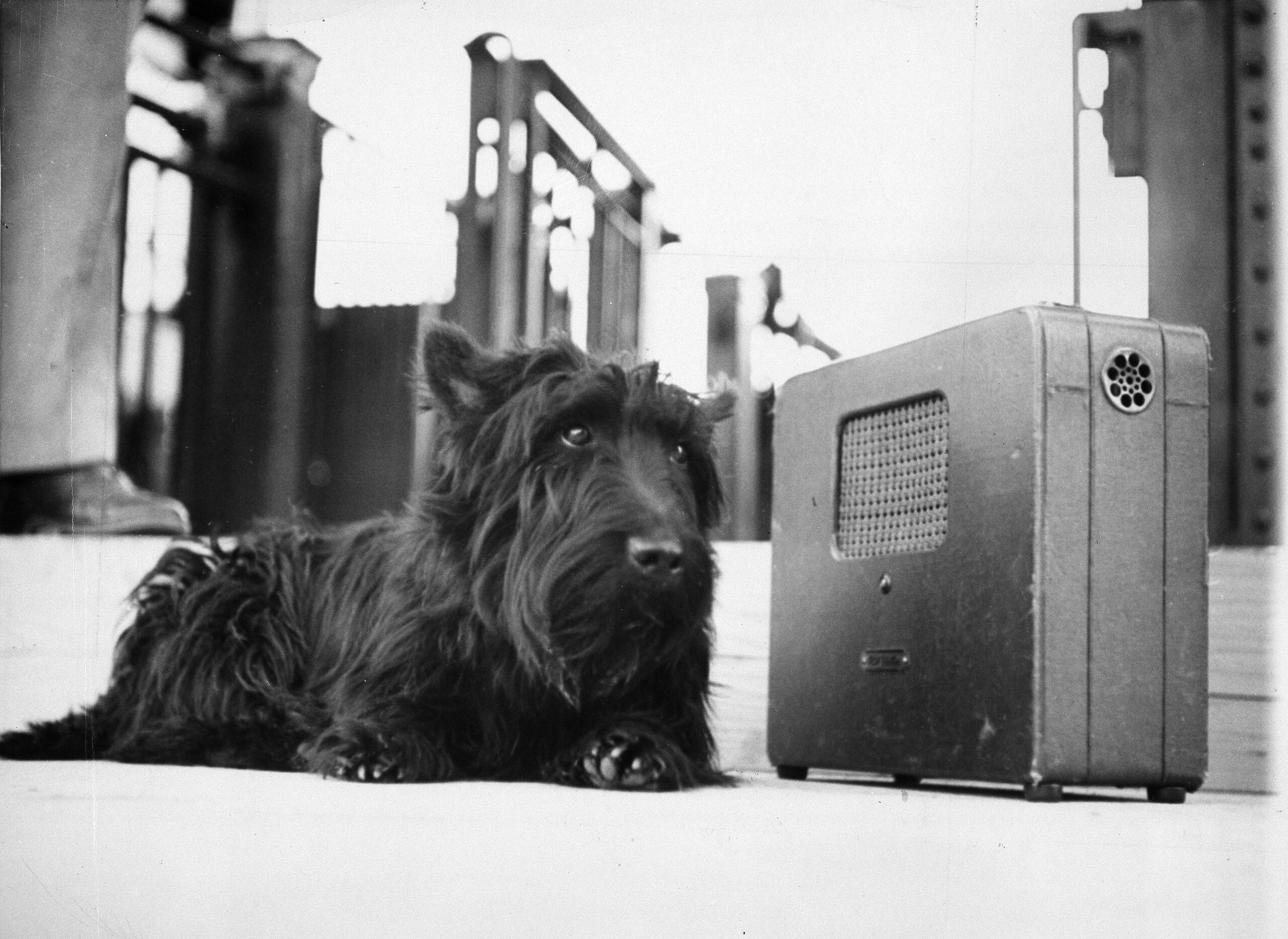Elizabeth Warren, Pete Buttigieg, and Eric Swalwell share something beyond a desire to win the 2020 Democratic presidential nomination: Each is a pet-lover willing to deploy their animals on the campaign trail.
Warren’s dog Bailey has his own “selfie” line after the Massachusetts senator’s campaign events. The golden retriever is so popular that one woman at a town hall in Nashua, N.H., joked during Warren’s recent swing of the Granite State that she was more excited to see the pooch than the lawmaker.
Polling released last week backs up the anecdote.
In the race for the right to face President Trump in the fall, Warren on average ranks third behind former Vice President Joe Biden and Sen. Bernie Sanders of Vermont with about 7% support among Democrats planning to vote in next year’s primaries and caucuses. But Bailey comes in first in a YouGov.com survey of names of potential presidential animals, with 10%.
Pete Buttigieg’s one-eyed rescue dog Buddy, who features heavily on the South Bend, Ind., mayor’s social media accounts with his other canine Truman, crashed a TV interview in April, prompting Buttigieg’s husband Chasten to joke that, just like in politics, “You think you’re doing a great job and then someone comes from the left and interrupts everything.”
Warren and Buttigieg are joined by Rep. Eric Swalwell of California, who last week tried to gin up donations before a fundraising deadline by asking supporters to contribute under “the team” of whichever of his campaigns’ two Labradors they thought was cutest. Even former Texas Rep. Beto O’Rourke evoked his family turtle Gus earlier this year when he told a crowd in San Diego, Calif., he needed to travel home to El Paso to help find the missing reptile. Gus was later located, he updated voters online.
Let me formally introduce you to our new dog Buddy. Buddy is a big source of joy in our household. Like his “brother” @firstdogtruman he represents the many loving dogs in shelters who need homes. pic.twitter.com/UaDr4g0FAP
— Pete Buttigieg (@PeteButtigieg) December 19, 2018
Although Democratic candidates using pets could appear to be a transparent ploy to attract gullible supporters, they have the potential to play a crucial role in the nominating process.
Animals “have been an important part of presidential politics going back at least as far as Warren Harding and his dog, Laddie Boy,” Andrew Hager, historian-in-residence at the temporarily shuttered Presidential Pet Museum, which had been in suburban Baltimore, told the Washington Examiner.

“At a basic level, pets allow politicians to connect with voters as real people — the candidates have animals, just like us. It can soften the image. Most notably, Richard Nixon used his dog Checkers to erase voters’ concerns about his character,” Hager said of the 1952 Republican vice presidential nominee, whose national television performance referencing the canine gift to his daughter saved his political career.
Hager said that in a crowded primary field of more than 20 candidates, pets can help win voters, at least on the margins.
“Do I think having a dog will make a difference at the voting booth? Probably not in a general election. But in a primary, where there are several candidates espousing very similar policy ideas, it could be a smart way to distinguish oneself from the competition. You never quite know what’s going to push a voter just enough.”
Dogs reached a peak of presidential primary fame in 1944, when President Franklin Delano Roosevelt cited his Scottish terrier, Fala, to rebut Republican charges he had left the dog behind on a tour of Alaska’s Aleutian Islands, and had bilked taxpayers by sending a Navy destroyer to retrieve him.
George Mason University associate professor Jeremy Mayer said dogs have an enduring sensibility among American voters.

“I used to say that Trump could survive shooting someone on 5th Avenue [in New York], just as he said, but if a video emerged of him kicking a dog, he’d be in political trouble. I actually think the story about [Mitt] Romney putting the family dog on the roof of his car hurt him a little bit in 2012,” Mayer told the Washington Examiner, alluding to the 1983 tale of Romney, the future Massachusetts governor, GOP presidential nominee, and Utah senator, strapping his pooch Seamus’ carrier to his family’s roof ahead of a 12-hour drive through Canada.
The story emerged during Romney’s first presidential bid, in 2008. At one point Romney’s wife Ann said it was “kinder … to bring him along than to leave him in the kennel.”
In the early stages of the 2020 campaign, Warren is “smart” to bring Bailey on the stump with her “because her image is so intellectual and wonky,” Mayer added.
“Dogs are seen as above politics, something that even in this polarized environment, we don’t disagree about. If you love dogs, you just do. Same with cats. So where is the downside to using dogs, like Swalwell is? Anything to humanize you, set you apart from the other stuffed shirts trying to be the national class president,” he said.
Mayer added, “Trump made informality, to the point of coarseness, a virtue. Compared to Trump’s earthiness in rallies, a dog contest is remarkably mild and civilized. It’s an easy, risk-free way to get press attention, and to look informal and even fun.”

